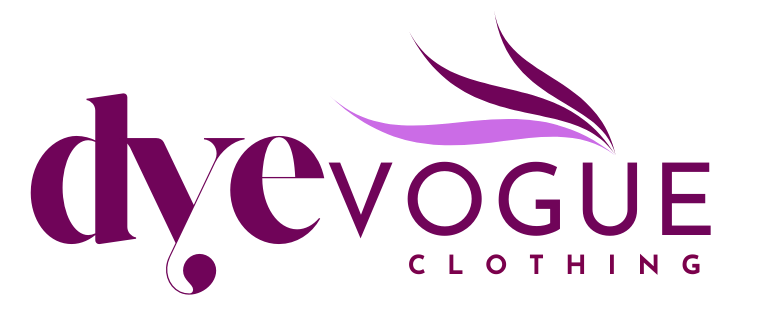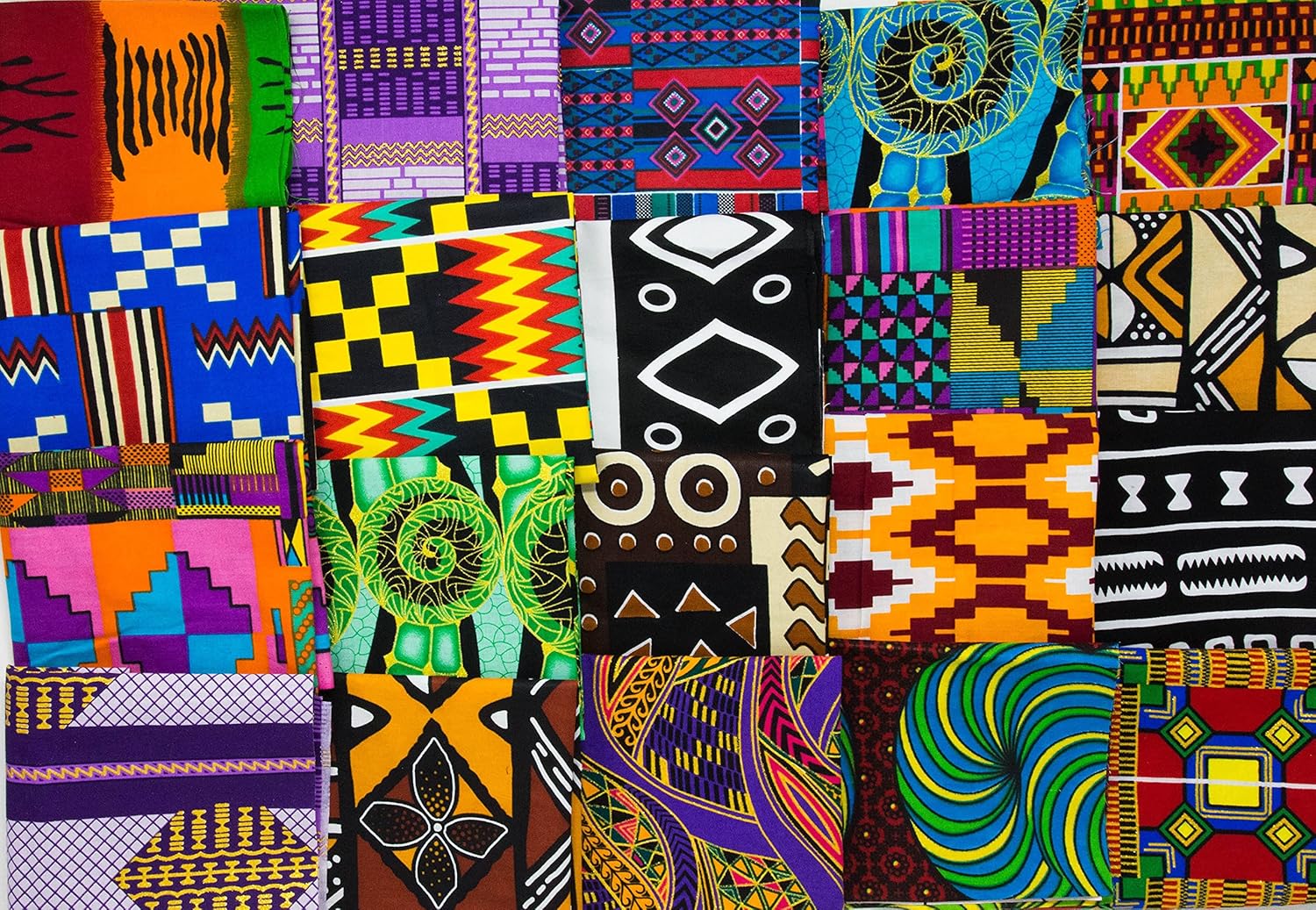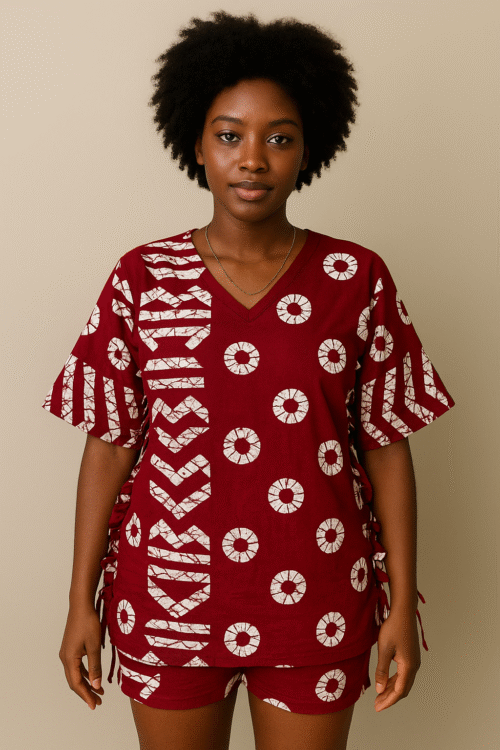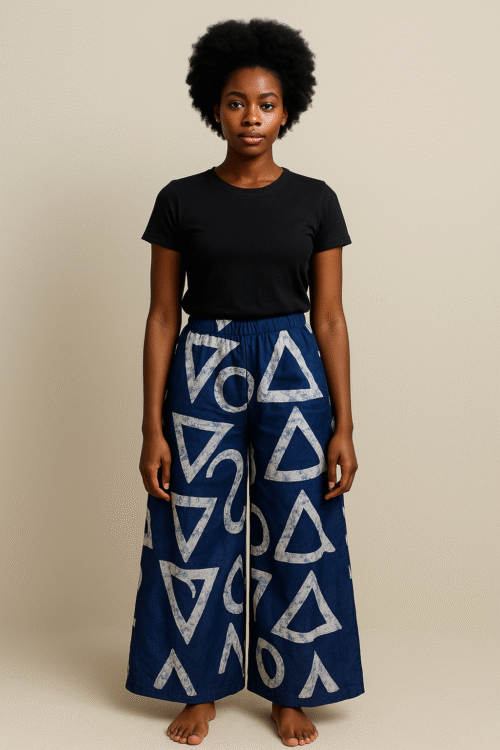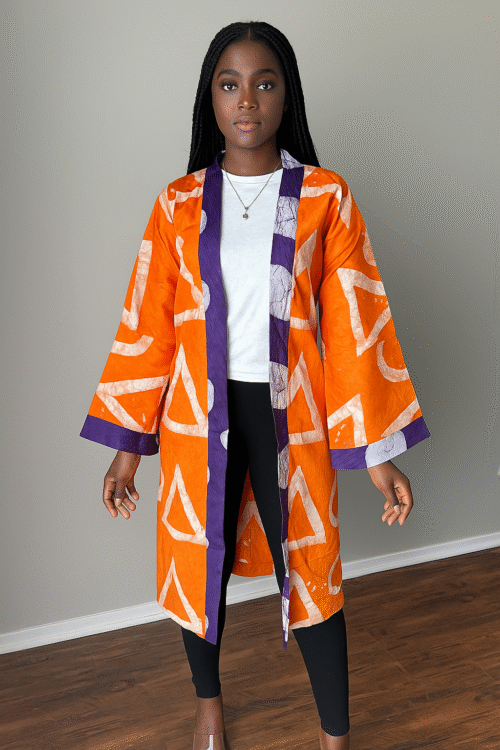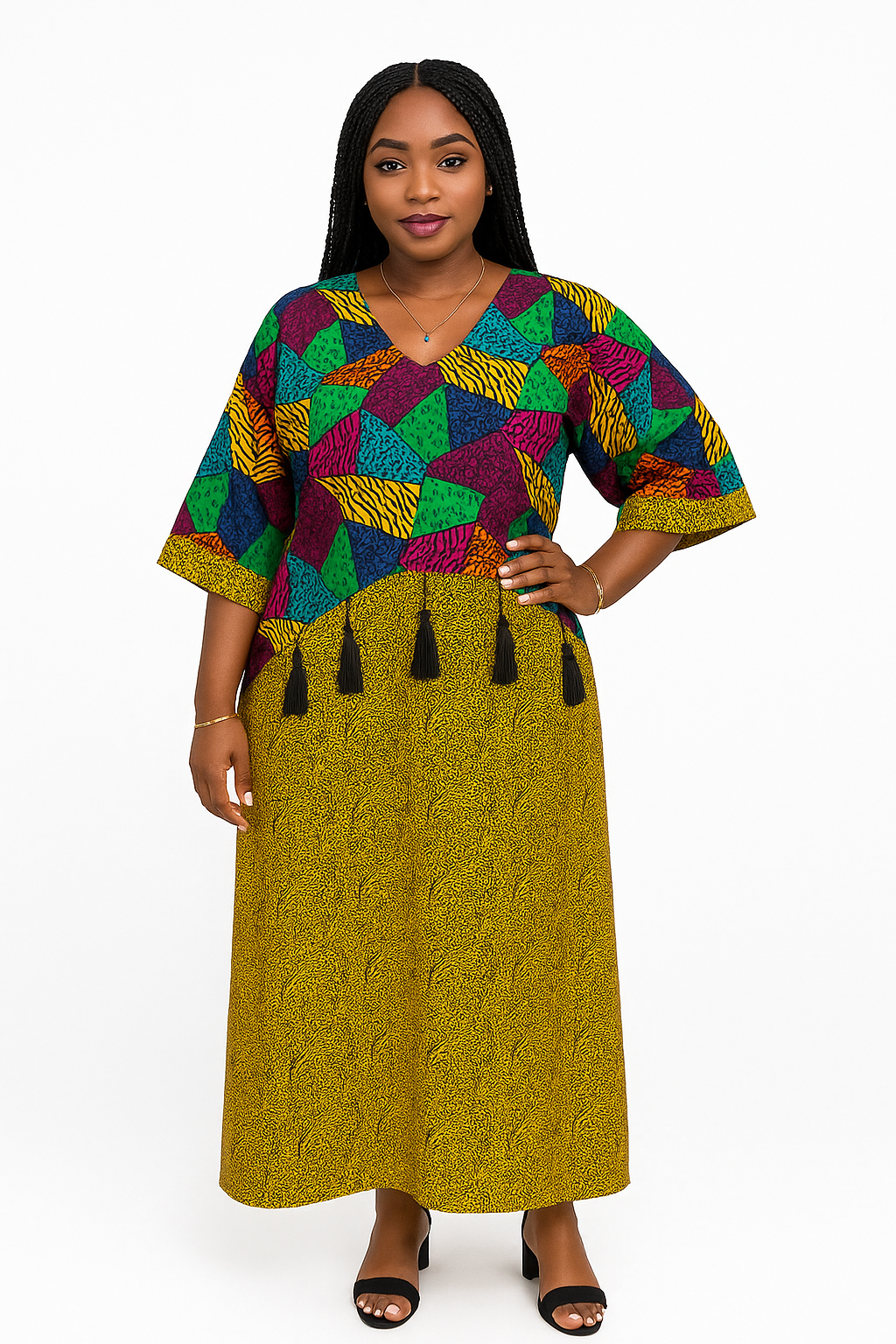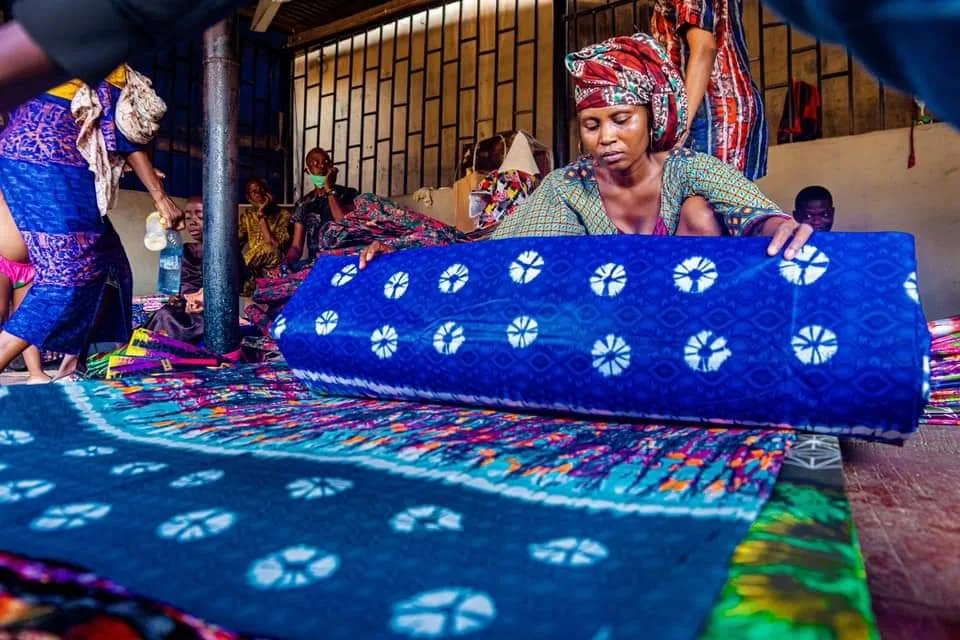
The Environmental Crisis of Fast Fashion
The fashion industry ranks among the world’s most polluting industries, contributing approximately 10% of global carbon emissions and producing massive textile waste. Fast fashion’s “make, wear, dispose” model creates:
- 92 million tons of textile waste annually
- Water pollution from synthetic dyes and chemicals
- Microplastic release from synthetic fabrics
- Exploitative labor practices
- Rapid resource depletion
Traditional textiles like Adire offer a sustainable alternative rooted in centuries of eco-conscious practices.
What Makes Adire Fabric Sustainable?
Natural, Plant-Based Dyes
Traditional Adire uses indigo derived from Indigofera plants, making it:
- Biodegradable: Plant-based dyes break down naturally
- Non-toxic: Safe for artisans, wearers, and environment
- Renewable: Indigo plants regrow each season
- Low-impact: Minimal processing compared to synthetic dyes
- Water-safe: Natural indigo poses less water pollution risk
Even when synthetic indigo is used (common in modern Adire), the hand-dyeing process uses significantly less water and energy than industrial dyeing operations.
Zero-Waste Production Methods
Adire artisans practice natural resource conservation:
- Fabric scraps repurposed for smaller items or patchwork
- Leftover dye baths used for multiple fabric batches
- Minimal packaging in traditional production
- Local sourcing reduces transportation emissions
- Hand production eliminates factory energy consumption
Handcrafted, Small-Batch Production
Unlike mass manufacturing, Adire is made:
- By individual artisans or small groups
- In quantities matching demand (no overproduction)
- Without industrial machinery requiring fossil fuels
- Using traditional tools with minimal environmental impact
- Through processes passed down sustainably for generations
Durability and Longevity
Quality Adire fabric lasts for decades with proper care:
- Dense cotton withstands repeated wear and washing
- Natural dyes often deepen and improve with age
- Timeless patterns remain stylish across seasons
- Repairable rather than disposable
- Can be repurposed into new garments or items
How to Practice Sustainable Fashion with Adire
Building a Sustainable Wardrobe
- Buy less, choose well: Invest in quality Adire pieces
- Care properly: Follow maintenance guidelines to extend lifespan
- Repair, don’t replace: Mend damaged items rather than discarding
- Buy secondhand: Consider vintage Adire pieces
- Support authentic sources: Purchase from ethical retailers like DyeVogue
Recognizing Authentic vs. Mass-Produced Imitations
Ensure your sustainable choice is genuine:
- Authentic Adire: Hand-tied patterns, slight irregularities, indigo smell
- Imitations: Perfect repeating patterns, chemical smell, thin fabric
- Price indicators: Authentic handmade Adire costs more than mass-produced prints
- Source verification: Buy from retailers with artisan partnerships
The True Cost of Clothing: Why Adire is Worth the Investment
Calculating Cost-Per-Wear
While Adire may have higher upfront costs:
- Wearable for 10+ years with proper care
- Timeless style never goes out of fashion
- Versatile pieces worn for multiple occasions
- Higher quality reduces replacement frequency
- Cost-per-wear often lower than fast fashion
Hidden Values Beyond Price
Adire offers intangible benefits:
- Cultural connection and heritage pride
- Unique, one-of-a-kind patterns
- Conversation starter and artistic expression
- Support for meaningful causes
- Satisfaction of ethical consumption
Environmental Certifications and Standards
What to Look For:
While traditional Adire may not have formal certifications, indicators of sustainability include:
- Direct artisan partnerships
- Transparent supply chains
- Natural dye usage documentation
- Fair trade principles adherence
- Third-party verification when available
DyeVogue’s Sustainability Commitment:
- Direct sourcing from verified Nigerian artisans
- Fair compensation above market rates
- Support for natural dye preservation
- Minimal packaging in shipping
- Carbon-conscious shipping options
Growing Market for Ethical Fashion
Consumer trends favor sustainable textiles:
- Increasing awareness of fast fashion damage
- Willingness to invest in quality, ethical pieces
- Social media amplifying sustainable brands
- Younger generations prioritizing sustainability
- Government and NGO support for traditional crafts
Making the Sustainable Fashion Switch
Starting Your Sustainable Journey
Begin with manageable steps:
- Audit current wardrobe: Identify what you already own and love
- Commit to one sustainable piece: Start with one quality Adire item
- Learn proper care: Extend existing clothing lifespan
- Research before buying: Choose authentic, ethical sources
- Share knowledge: Inspire others toward sustainable choices
Common Sustainable Fashion Myths Debunked
Myth: Sustainable fashion is unaffordable Truth: Cost-per-wear often beats fast fashion; investment pieces last years
Myth: Limited style options in sustainable clothing Truth: Traditional textiles like Adire offer vast pattern and style variety
Myth: One person’s choices don’t matter Truth: Collective conscious consumption creates industry change
Shop Sustainable Adire at DyeVogue
Make your next fashion purchase count for people and planet. DyeVogue’s authentic Adire collection supports sustainable production, ethical labor, and environmental responsibility.
Every piece tells a story of sustainability, craftsmanship, and conscious consumption.
